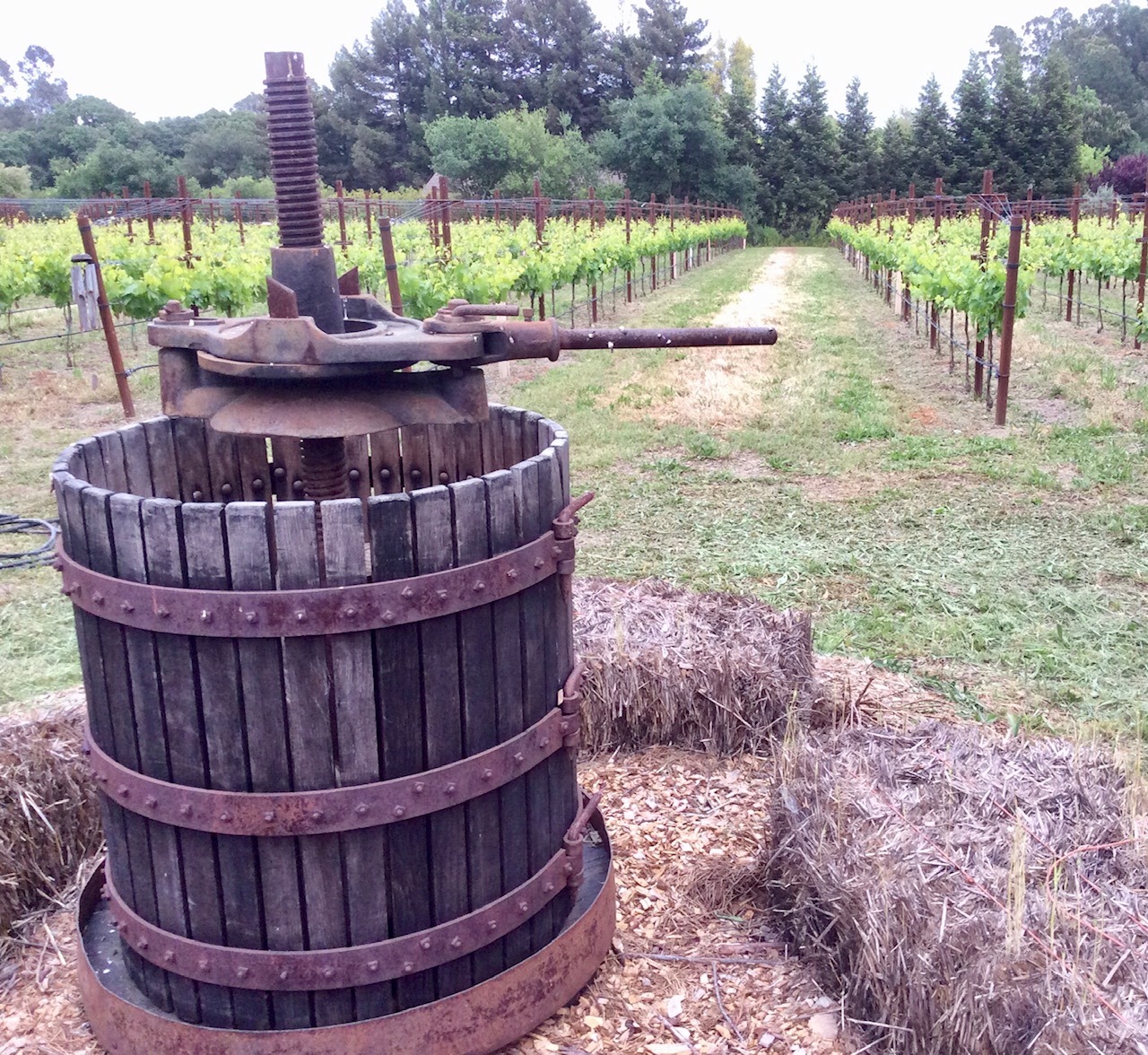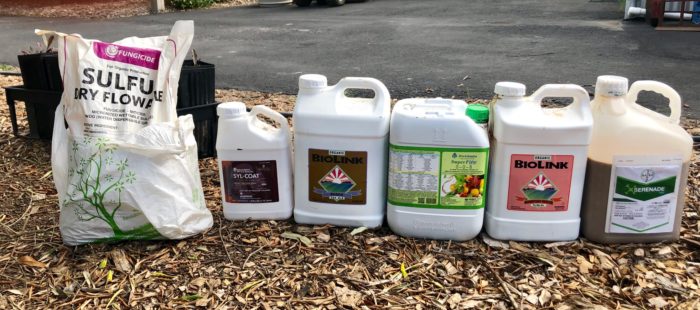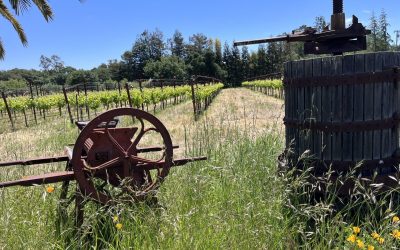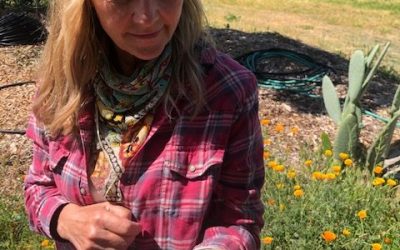Update – May 29th, 2019 – Republishing this blog post with more current information – the rain is over, the sun has arrived, and the vineyards have dried out enough to rush labor and tractors into the vineyards. As of today, it looks like we avoided most of the shatter risk, but traded that in for the risk of mold and mildew pressure All of our vineyards are managed organically. In the past few days we’ve sprayed a expensive “cocktail” of Serenade (Bacillus subtilis strain QST 713, a beneficial bacterium), BioLink-Fe-Mn-Zn and B (micro-nutrients Iron, Magnesium, Zinc, and Boron), BioAtlantis Super-50 (designed to reduce abiotic stress by priming the plant in advance of stress), and Sulfur (fungicide). More to follow as the season advances…
Listen to Sonoma Radio KSVY on May 22nd – start at time mark 26.15 to 38.00 minutes:
http://ksvy.org/showarchive/public/KSVY_2019-05-22__09_00_15.mp3
May 19th, 2019 – I just sent this letter off to all of my vineyard and wine clients. Thought our blog readers would find it interesting:
Dear Clients –
- Grape shatter – shatter is a word that describes what happens when grape flowers remain un-pollinated. Late in the season this shows up as grape bunches with missing berries in the bunches (see image 1). Like olives and corn, grapes are pollinated by air and breeze. Sun and gentle light breezes are perfect. Hard rain and cold and gusty wind is not. And this is what we have, in excess, right now. Not much can be done about it. It’s a force of nature. It might help to open up the canopy, remove shoots, remove leaves, get the air moving. But this is time consuming and therefore expensive.
- Suckers – with this excessive rain, the plants are responding by pushing excessive shoots, including many suckers low on the trunk. Suckers are fruitless and drain vines of energy later in the season and must be removed soon. And usually by hand. Again, time consuming and therefore expensive. (see image 2)
- Canopy expansion – with the tremendous late-spring rains come tremendous early season shoot growth. The canopies are growing extremely fast, pushing large quantities of green material. When the sun comes out, hot humid air will be trapped in the dense canopies inviting major mold and mildew pressure. How do we alleviate this threat? With judicious shoot thinning and de-leafing, and additional spray cycles. But we can’t apply the excess spray cycles while it’s raining. The tractors can’t operate in mud. And rain following an application just washes away the application. And again, extra manpower and extra applications are time consuming and therefore expensive. (see image 3)
- Weeds – obviously, with all this extra rain comes tremendous weed growth on the vineyard floor. It is not only unsightly, it competes with the grape vines. And it is depressing for vineyard managers who worked so hard in April to make the vineyard look so good! Further, for those that are fully organic (almost all of you), we can’t turn to Round-Up (a very inexpensive and effective solution) and instead must rely on hand labor. (see image 4)
415-793-7985
kwornick@sprynet.com







you always liked a challenge, ken.
you will learn from this one, too.
may it turn out to be an “unusual”
and special vintage.
Bueno Suerte.
Nancy
The Pineapple Express is over: Nothing showing up on GOES West.
The next major weather event will be a cloud passing through the night unnoticed.
Or a firestorm.
Don’t count out an earthquake.
Or a solar flair that shuts down the U.S. electrical system.
Or an asteroid strike in the Pacific that causes a massive tsunami.
Or the sun maturing as a star, expanding to the point that it consumes the Earth.
Otherwise, with Ken’s adept hand; it should be a good harvest.
Great article and very important learning. Sounds like a lot more work for you.